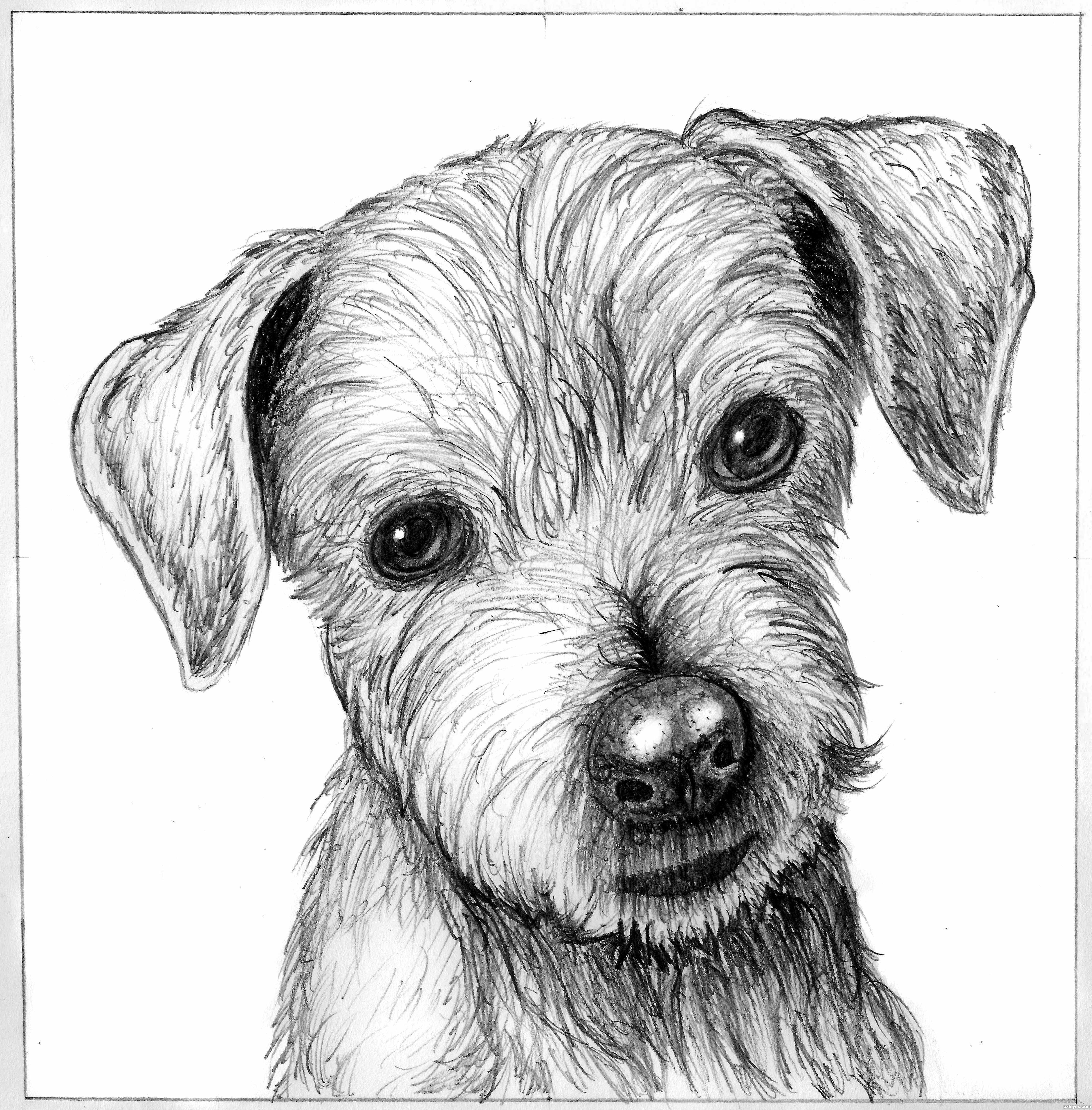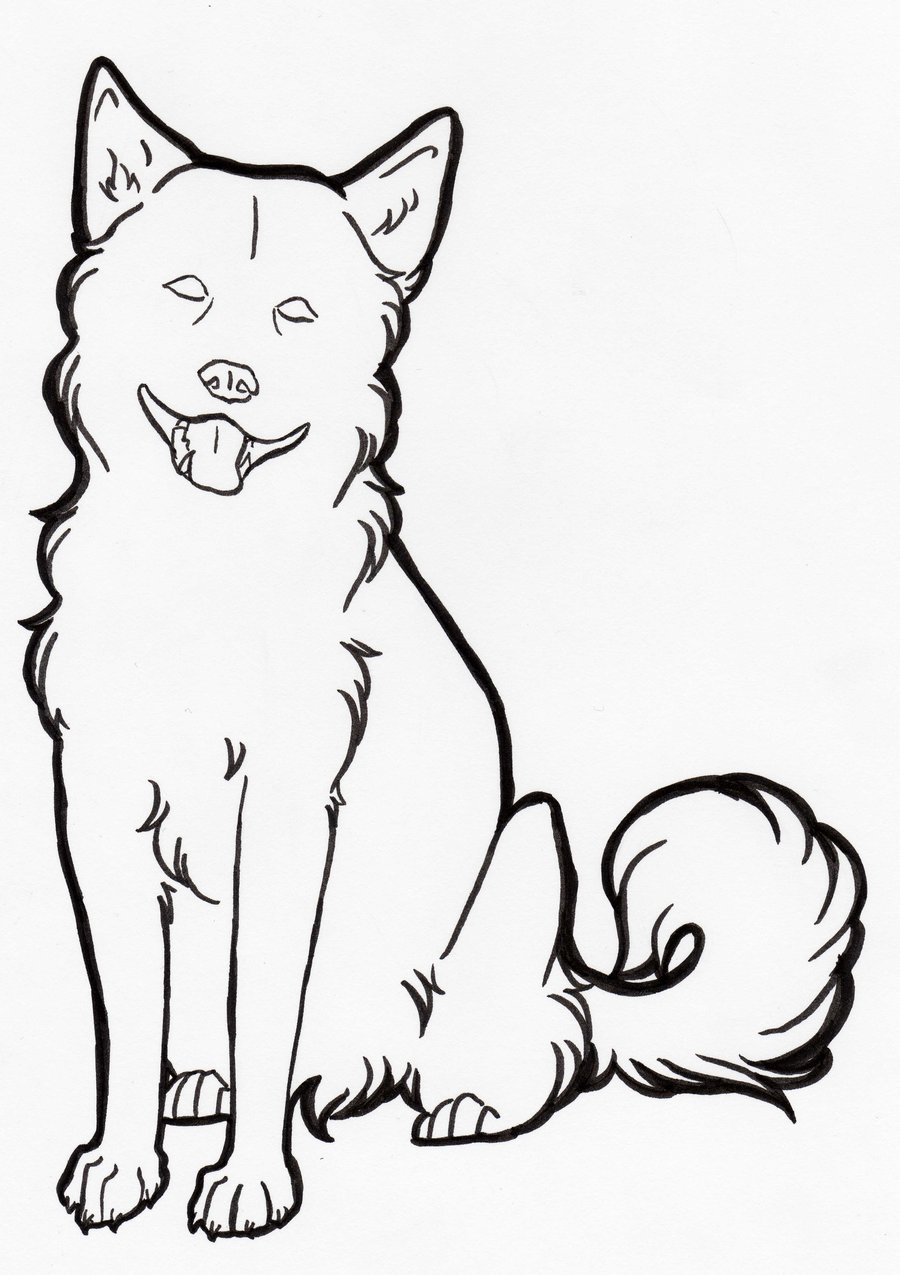
Introduction
Dog line drawing is a popular form of art that captures the essence and beauty of dogs through simple lines and strokes. It is a unique and creative way to depict our furry friends, showcasing their various poses, expressions, and personalities. Whether you are an artist looking to explore new techniques or a dog lover seeking to celebrate your pet, dog line drawing offers endless possibilities for artistic expression.
Why Choose Dog Line Drawing?

Dog line drawing has several advantages over other forms of art. Firstly, it allows artists to focus on the fundamental structure and anatomy of dogs, helping them understand the proportions and characteristics that make each breed unique. By simplifying the subject to its basic lines, artists can capture the essence of a dog's form more easily.
Secondly, dog line drawing can be a therapeutic and relaxing activity. It offers a meditative experience, allowing artists to immerse themselves in the process and find a sense of calm and focus. The repetitive nature of creating lines and shapes can be soothing, making it an excellent way to unwind and destress.
Lastly, dog line drawings can be a wonderful addition to any home or office decor. They have a timeless appeal and can complement a variety of interior styles. Whether you choose to display your own artwork or purchase prints from talented artists, dog line drawings can add a touch of charm and personality to any space.
Getting Started with Dog Line Drawing

If you are new to dog line drawing, here are a few tips to help you get started:
1. Choose a reference photo: Find a high-quality photo of a dog that inspires you. It's essential to have a clear image to reference while creating your line drawing.
2. Observe the basic shapes: Start by identifying the basic shapes that make up the dog's body, such as circles for the head and body, ovals for the ears, and triangles for the nose and mouth.
3. Outline the major features: Once you have identified the basic shapes, begin outlining the major features of the dog, such as the eyes, snout, and ears. Pay attention to the proportions and positioning.
4. Add details selectively: After outlining the major features, you can gradually add more details, such as fur texture, facial expressions, and any distinctive markings or patterns.
5. Experiment with different styles: Dog line drawing allows for creative freedom, so don't be afraid to experiment with different styles and techniques. You can explore different line weights, shading techniques, or even incorporate color if you wish.
Remember, practice makes perfect, so keep honing your skills and refining your technique as you go along.
Popular Dog Line Drawing Styles

There are several popular styles of dog line drawing that you can explore:
1. Minimalist: Minimalist dog line drawings focus on capturing the essence of a dog using as few lines as possible. They often feature clean, simple lines that emphasize the dog's form and unique characteristics.
2. Detailed: Detailed dog line drawings incorporate intricate lines and shading to create a more realistic and textured representation of a dog. These drawings often require more time and attention to achieve the desired level of detail.
3. Cartoonish: Cartoonish dog line drawings take a more playful and exaggerated approach, emphasizing the dog's expressions and comedic elements. They are often characterized by bold lines, exaggerated features, and vibrant colors.
4. Abstract: Abstract dog line drawings push the boundaries of traditional representation, focusing on capturing the dog's essence through shapes, lines, and colors. They offer a more interpretive and creative representation of dogs.
Exploring the Benefits of Dog Line Drawing

Besides being a creative outlet, dog line drawing offers numerous benefits:
1. Stress Relief: Engaging in artistic activities like dog line drawing can help reduce stress levels and promote relaxation. It allows you to focus your mind on the task at hand and provides a break from everyday worries.
2. Cognitive Development: Dog line drawing requires observation, attention to detail, and spatial awareness. By practicing regularly, you can enhance your cognitive skills and train your brain to see things from different perspectives.
3. Emotional Expression: Drawing dogs can be a form of emotional expression and connection. It allows you to capture the unique qualities of dogs that bring you joy, love, and comfort.
4. Bonding with Dogs: As you practice dog line drawing, you develop a deeper understanding of canine anatomy, behavior, and expressions. This knowledge can strengthen your bond with dogs and improve your ability to communicate with them.
Conclusion
Dog line drawing is a versatile and enjoyable art form that allows you to celebrate the beauty and charm of dogs. Whether you are an aspiring artist or a dog lover seeking a creative outlet, dog line drawing offers endless possibilities for self-expression. By simplifying the complex forms of dogs into basic lines and shapes, you can capture their essence and create unique artworks. So grab a pen and paper, and let your imagination run wild as you embark on your dog line drawing journey!